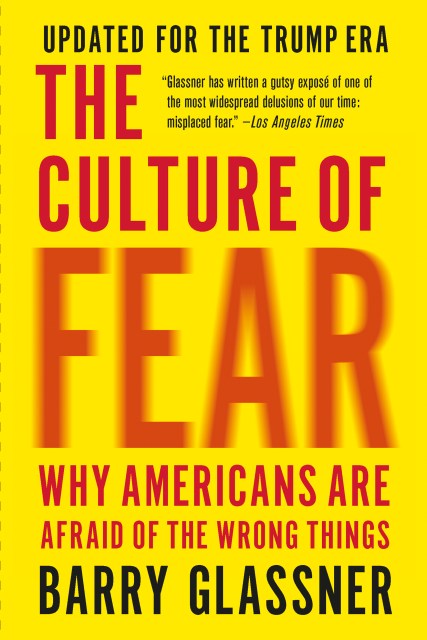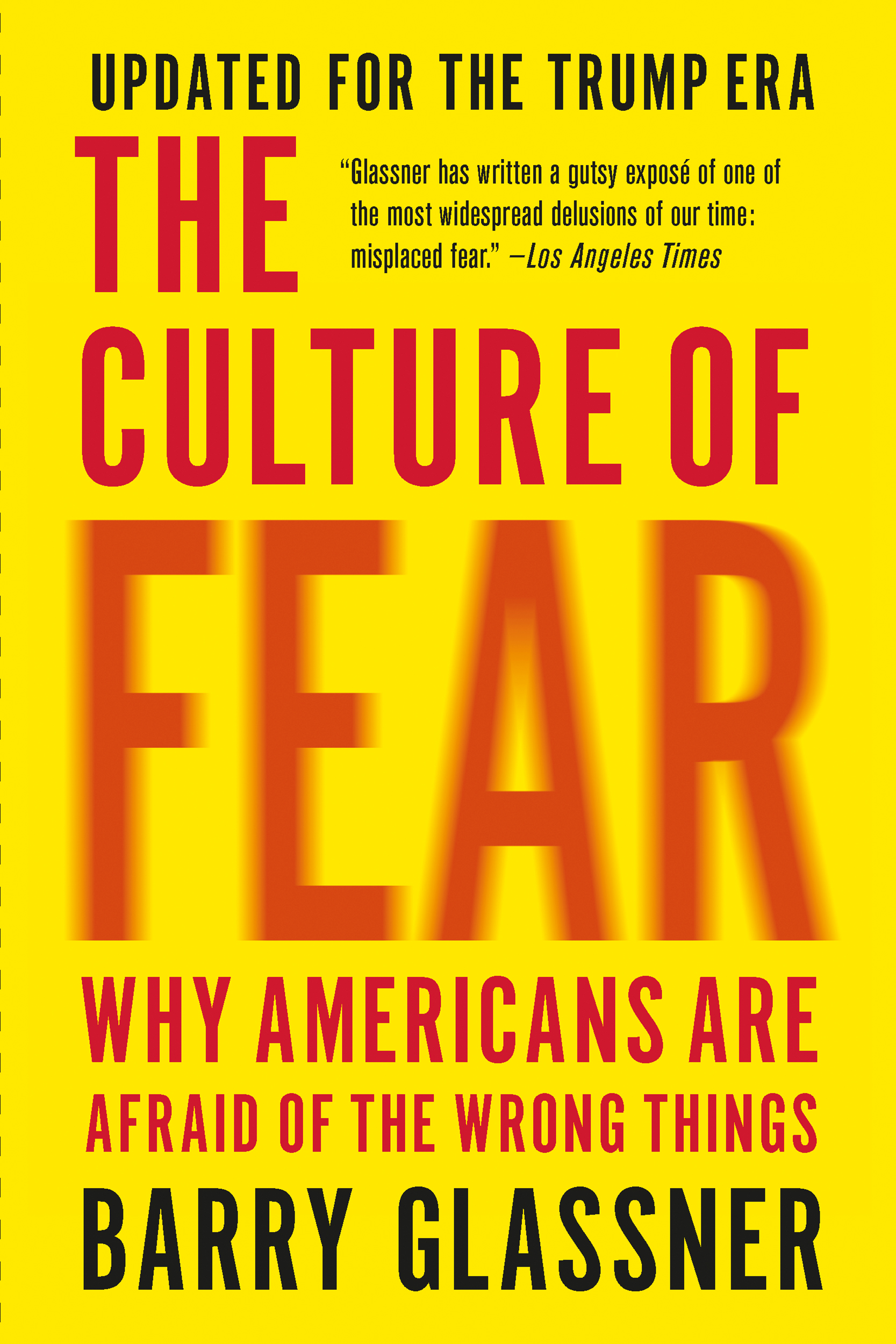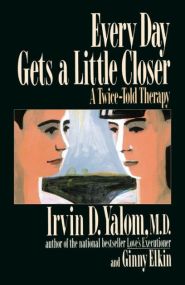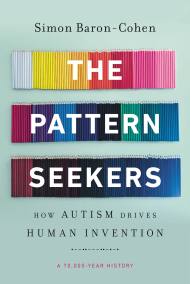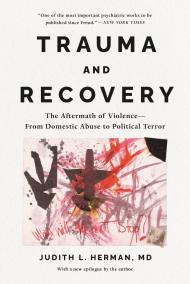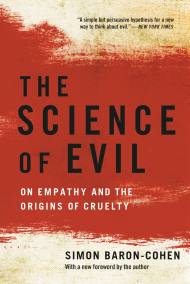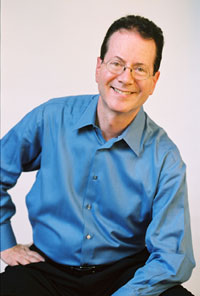Promotion
Use code FALL24 for 20% off sitewide!
The Culture of Fear
Why Americans Are Afraid of the Wrong Things: Crime, Drugs, Minorities, Teen Moms, Killer Kids, Muta
Contributors
Formats and Prices
Price
$12.99Price
$16.99 CADFormat
Format:
- ebook (Revised) $12.99 $16.99 CAD
- Audiobook Download
- Trade Paperback (Revised) $17.99 $22.99 CAD
This item is a preorder. Your payment method will be charged immediately, and the product is expected to ship on or around January 5, 2010. This date is subject to change due to shipping delays beyond our control.
Also available from:
In the age of Trump, our society is defined by fear. Indeed, three out of four Americans say they feel more fearful today than they did only a couple decades ago. But are we living in exceptionally perilous times? In his bestselling book The Culture of Fear, sociologist Barry Glassner demonstrates that it is our perception of danger that has increased, not the actual level of risk. Glassner exposes the people and organizations that manipulate our perceptions and profit from our fears: politicians who win elections by heightening concerns about crime and drug use even as rates for both are declining; advocacy groups that raise money by exaggerating the prevalence of particular diseases; TV shows that create a new scare every week to garner ratings. Glassner spells out the prices we pay for social panics: the huge sums of money that go to waste on unnecessary programs and products as well as time and energy spent worrying about our fears.
All the while, we are distracted from the true threats, from climate change to worsening inequality. In this updated edition of a modern classic, Glassner examines the current panics over vaccination and “political correctness” and reveals why Donald Trump’s fearmongering is so dangerously effective.
- On Sale
- Jan 5, 2010
- Page Count
- 360 pages
- Publisher
- Basic Books
- ISBN-13
- 9780465004430
Newsletter Signup
By clicking ‘Sign Up,’ I acknowledge that I have read and agree to Hachette Book Group’s Privacy Policy and Terms of Use
